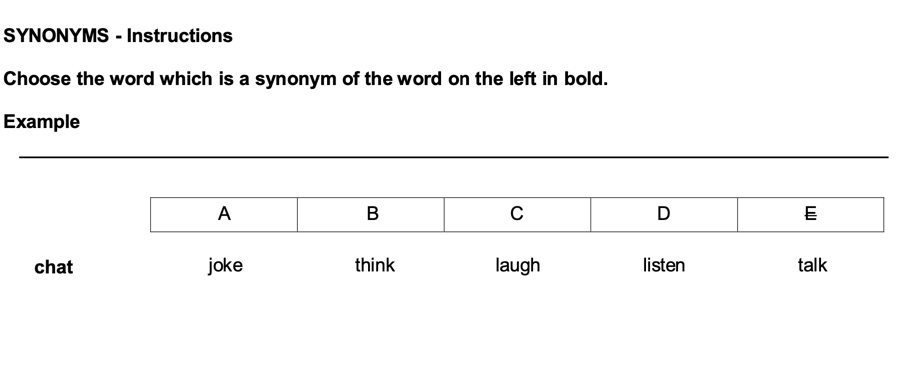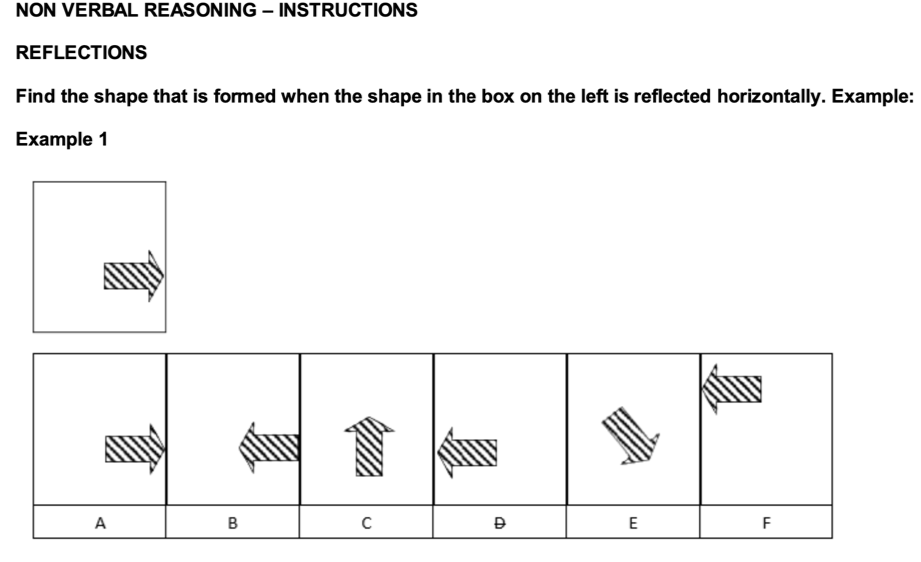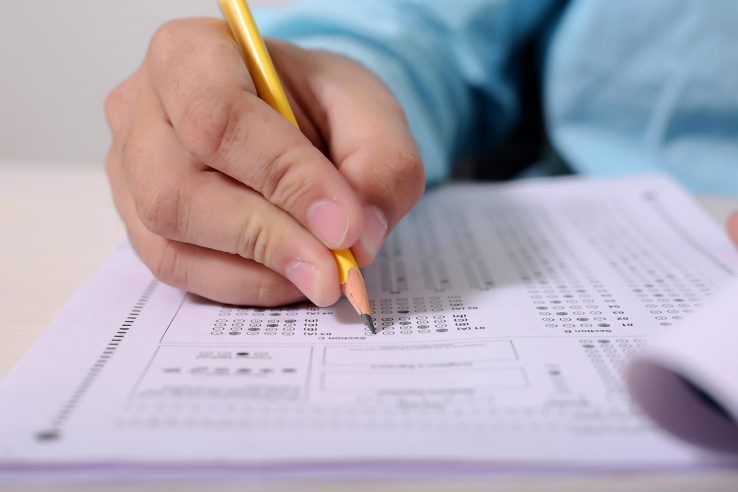Understanding GL Assessment: A Comprehensive Guide
Parents, teachers and students can use their understanding of GL Assessment to gain knowledge on a child’s academic abilities, potential and which areas need improvement. With this guide to unravel the complexities of assessments by GL Assessments parents, educators and learners will be better equipped in furthering educational experiences.
Key Takeaways
- GL Assessment is an educational assessment provider with over 30 years of expertise.
- Tests assess verbal, non-verbal, quantitative and spatial reasoning to identify strengths and areas for improvement.
- Resources and support are provided to parents, teachers & students in the form of familiarisation materials & practice papers.
Overview of GL Assessment
GL Assessment is a leader in providing educational assessments, with over three decades of knowledge and experience. Their goal is to aid primary and post-primary schools across the UK & N Ireland (which make up around 85% of all institutions) maximize student potential through the use tests like their popular GL test.
To achieve this aim, they offer standardised assessments such as Progress Test Series which evaluate students’ capability in English, Maths and Science within a specified score range, invaluable for grammar school admissions decisions. The Cognitive Abilities Test (CAT4) evaluates acquired competencies known to affect learning achievement such as spatial reasoning etc., giving an impartial insight into individual capacity.
Types of GL Assessment Tests
GL Assessment tests encompass a broad array of examinations, mostly for admissions purposes. These range from 11+ and transfer exams to assessments in English, Maths Verbal Reasoning (VR), and Non-Verbal Reasoning (NVR). They help schools identify suitable candidates. All GL Assessment test questions go through an intensive development process which consists of evaluating content length, eliminating bias and obtaining feedback from schools, the Question Bank is also frequently renewed as part of this procedure. The reading comprehension portion evaluates students’ capacity to understand words within context along with drawing conclusions or making deductions based on what they have read.
Structure and Format of GL Tests
Tests administered to students typically include multiple-choice questions in several subjects such as Maths, English, Verbal Reasoning and Non-Verbal Reasoning. Each test comprises of an array of topics that gives an accurate evaluation on the student’s capacity for those respective subject areas. Answer sheets are separately available for each participant taking part in these tests.
Maths Paper
GL Assessment’s Maths Paper is a 40-minute exam included in the 11 Plus testing system to assess student understanding and mathematical skills from their Key Stage 2 curriculum. The test covers topics such as Algebra, BIDMAS, Equations, Ratio Proportionality, Speed Distance Time Calculations (and) Problem Solving Questions linked with Geometry as well other related Shapes, split across 45 questions for students to answer. It helps gauge how far they have come mathematically while accessing any areas of improvement which can be tackled Ahead.
The GL Maths test follows NC for KS2:
- Number
- Measurement
- Geometry
- Data
- Algebra
English Paper
The GL Assessment English paper is an evaluation tool which assesses students’ understanding, language skills including vocabulary, punctuation usage and spelling. It usually has two longer reading texts with 20 questions each as well as three shorter sections examining grammar/punctuation and writing accuracy, all of them containing 12 queries in total. The exam goes on for 45-50 minutes. The length of passages increases from easy to complex while progressing through it.
Most common format is:
-
A reading comprehension text that contains 20 questions
-
Three spelling, punctuation and grammar sections that contain 12 questions each
VR and NVR Tests
GL Assessment offers two tests, VR and NVR, designed to assess an individual’s non-verbal reasoning abilities such as their ability in interpreting information from pictures or diagrams. The VR test evaluates verbal skills by posing questions that involve letters, words and other language aspects while the NVR assessment measures a person’s understanding of visual data through problem solving tasks using logical visuals.
Example of a Verbal Reasoning Problem

Example of a Non Verbal Reasoning Problem

Scoring and Standardisation
GL Assessment utilises age-standardisation to ensure that all children are judged fairly, regardless of their age when the test is taken. Their performance can be reflected with a score ranging from 69 to 141 (the average being 100). This uniform scoring range makes sure that no one child has an unfair advantage or disadvantage based on his/her current developmental stage. The standardised scores are used in assessment for maths specifically so everyone’s skills and potential may be accurately determined.
Preparing for GL Assessment
Getting students acquainted with the test format and providing practice materials are essential in helping them get ready for GL Assessment tests. With resources such as Examberry Papers, Amazon, or even the official site of GL Assessment itself offering example papers and familiarisation stuff, it’s possible to properly prepare beforehand.
Particularly when taking Maths exams you should consider going through available question types, practicing using model questions along with building foundational knowledge. This will improve performance come exam day but also help manage timing expectations better. On top of that VR/NVR-oriented assessments require developing ability to tackle problems swiftly while having all acquired skills up to date, if not Developed too! Lastly one needs avoiding commonly made mistakes which can put a damper on planned results especially those dealing carelessness when following instructions within allocated timeframes during actual assessment process situations so being mindful is recommended throughout preparation phase plus once at examination room no matter what type it is.
Importance of Academic Research in GL Assessment
GL Assessment tests and assessments are developed with the support of academic research, which is educational in nature. This process validates their dependability by providing data to measure test content for validity, reliability, and compatibility with learning standards. Analysis from this research also helps enhance the quality of these tests by evaluating any possible areas that need improvement so they can be better suited to boost student achievement levels.
To determine how applicable GL Assessment tests actually are in measuring intended abilities or qualities accurately. Researchers compare them against external criteria as well as established exams targeting similar skillsets: hence assessing their overall credibility too! As a result, such evaluations guarantee results from taking these examinations will both reliable and consistent at all times.
Appeals and Remarks Process
Parents and schools have the option to appeal unsatisfactory results from GL Assessment exams, either through direct requests or via an appeals process. The procedure for requesting remarks typically involves submitting the request with associated details and documents as well as paying any necessary fees. Wait times will depend on the outcome of this remark application. With regards to costs, these can vary depending on exam board rules but state school pupils may be eligible for coverage from Department of Education funds – Charges can still apply in certain situations (e.g., £8.47 initial review or £84.70 individual candidate cases). It is best practice to contact both local schools/exam boards involved regarding expenses prior beginning any assessment-related processes, if required .
Resources and Support for Parents and Teachers
GL Assessment provides a wide range of services to assist parents, teachers and students in their preparations for assessment exams. These include webinars and workshops designed with the purpose of educating those involved about different aspects like formative assessments, Access Arrangements that cater to special needs cases, progress tests as well as wellbeing support which measure teaching impact. Students also have access to practice tests such free familiarisation materials provided by GL Assessment along with CGP’s study books, 10-minute tests, practice question cards or our Papers’ Practice papers – all useful tools helping them ace their exams!
Summary
GL Assessment is a critical component of examining and evaluating an individual’s educational capabilities and potential, providing beneficial details to both parents, teachers, as well as students. With its comprehensive suite of tests that are based on sound academic research. GL Assessment makes sure the reliability and precision in their assessments. By getting familiar with the system within GL assessment combined with taking advantage of available support resources from them all parties – namely: parents, instructors or learners can be suitably equipped when it comes to comprehending education evaluation processes while also maximizing learning experiences accordingly.
Frequently Asked Questions
How to interpret GL results?
Interpreting GL results is straightforward: a higher percentile score suggests that the test-taker outperformed most of their peers. For example, if someone earns a 50th percentile they performed better than half of all other exam takers and an 85th percentile shows they did better than eighty five percent.
What is a good score for GL Assessment?
In the age group, GL Assessment scores usually range between 69 and 141. The average score is 100, with two-thirds of pupils falling within 85 to 115 points. In total over 99% are seen to have a mark between 60 and 140 in their assessment results.
Is 120 a good Standardised score?
The child’s Standardised score of 120 is outstanding, putting them in the best 10% among their classmates.
What types of GL Assessment tests are available?
GL Assessment’s assessments are comprehensive and cover 11+, transfer tests, Maths, English, Verbal Reasoning and Non-Verbal Reasoning. These evaluation tools provide invaluable insight into student abilities in various subject areas.
How are GL Assessment tests scored and standardised?
GL Assessment tests are scored equitably, factoring in the age of the person who is taking them at that moment. Age-standardised scores make sure results remain impartial and consistent regardless of a test taker’s age.
Understanding GL Assessment: A Comprehensive Guide







